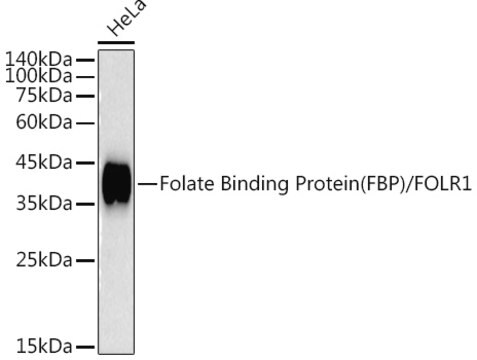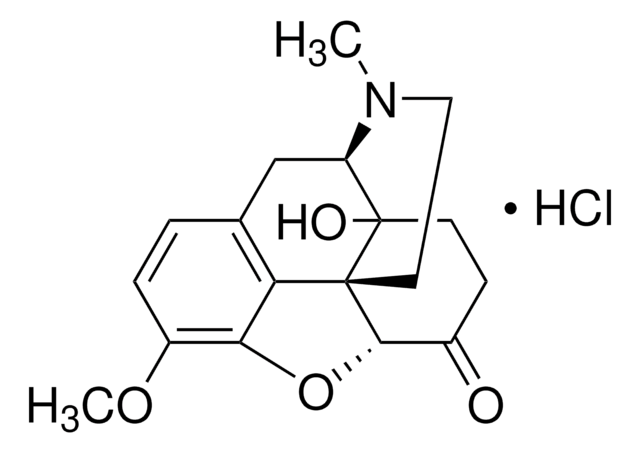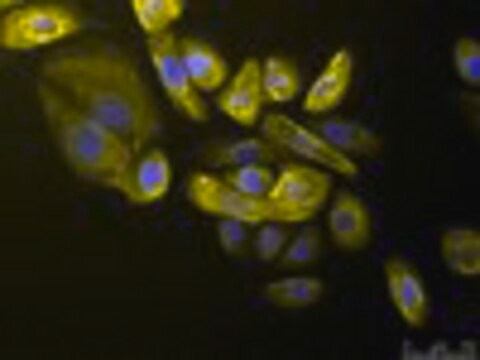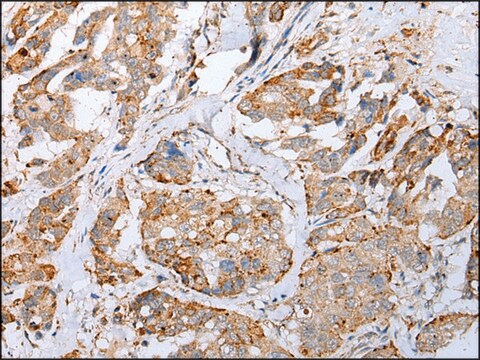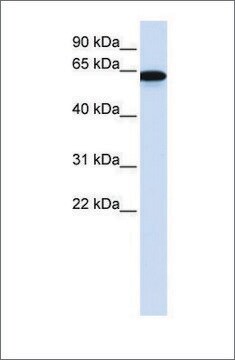AP184B
Donkey Anti-Sheep IgG Antibody, biotin-SP conjugate, Species Adsorbed
Chemicon®, from donkey
Sign Into View Organizational & Contract Pricing
All Photos(1)
About This Item
UNSPSC Code:
12352203
eCl@ss:
32160702
NACRES:
NA.46
Recommended Products
biological source
donkey
Quality Level
conjugate
biotin conjugate
antibody form
F(ab′)2 fragment of affinity isolated antibody
antibody product type
secondary antibodies
clone
polyclonal
species reactivity
sheep
manufacturer/tradename
Chemicon®
technique(s)
ELISA: suitable
western blot: suitable
shipped in
wet ice
target post-translational modification
unmodified
Related Categories
Specificity
Sheep IgG (H & L)
F/P RATIO:
9.1 ug./mg.; 3.4 miles FITC per mole IgG
F/P RATIO:
9.1 ug./mg.; 3.4 miles FITC per mole IgG
Application
Detect Donkey Sheep IgG using this Donkey anti-Sheep IgG Antibody, biotin-SP conjugate, Species Adsorbed validated for use in ELISA & WB.
Research Category
Secondary & Control Antibodies
Secondary & Control Antibodies
Research Sub Category
Secondary Antibodies Adsorbed for Dual Labeling
Secondary Antibodies Adsorbed for Dual Labeling
Suggested dilution for most applications: 1:50-1:200.
Optimal working dilutions must be determined by the end user.
Optimal working dilutions must be determined by the end user.
Physical form
Lyophilized. Buffer = 0.02 M Sodium Phosphate, 0.25 M NaCl, pH 7.6, with 15 mg/mL BSA and 0.1% sodium azide.
RECONSTITUTION:
Reconstitute with 0.4ml distilled water.
RECONSTITUTION:
Reconstitute with 0.4ml distilled water.
Storage and Stability
Maintain lyophilized product at 2-8°C for up to 12 months. After reconstitution the product is stable for several weeks at 2-8°C as an undiluted liquid. For extended storage after reconstitution, add an equal volume of glycerol to make a final concentration of 50% glycerol followed by storage at -20°C in undiluted aliquots for up to 12 months. Please note the concentration of protein (and buffer salts) will decrease to one-half of the original after the addition of glycerol. Avoid repeated freeze/thaw cycles.
Legal Information
CHEMICON is a registered trademark of Merck KGaA, Darmstadt, Germany
Disclaimer
Unless otherwise stated in our catalog or other company documentation accompanying the product(s), our products are intended for research use only and are not to be used for any other purpose, which includes but is not limited to, unauthorized commercial uses, in vitro diagnostic uses, ex vivo or in vivo therapeutic uses or any type of consumption or application to humans or animals.
Not finding the right product?
Try our Product Selector Tool.
Hazard Statements
Precautionary Statements
Hazard Classifications
Aquatic Chronic 3
Storage Class Code
11 - Combustible Solids
WGK
WGK 3
Certificates of Analysis (COA)
Search for Certificates of Analysis (COA) by entering the products Lot/Batch Number. Lot and Batch Numbers can be found on a product’s label following the words ‘Lot’ or ‘Batch’.
Already Own This Product?
Find documentation for the products that you have recently purchased in the Document Library.
Metabotropic glutamate receptor 4-immunopositive terminals of medium-sized spiny neurons selectively form synapses with cholinergic interneurons in the rat neostriatum.
Eriko Kuramoto,Fumino Fujiyama,Tomo Unzai,Kouichi Nakamura,Hiroyuki Hioki,Takahiro Furuta et al.
The Journal of Comparative Neurology null
K Iwasa et al.
The Journal of veterinary medical science, 61(6), 621-629 (1999-07-29)
The present study showed the acetylcholinesterase (AChE) activity, and neurofilament protein (NFP), catecholamine-synthesizing enzymes, dopamine beta-hydroxylase (DBH) and phenylethanolamine N-methyltransferase (PNMT) immunoreactivities in the mouse adrenal gland during postnatal development. From birth to postnatal-1-day, AChE activity was weakly and diffusely
Yaqing Li et al.
Journal of neurophysiology, 111(1), 145-163 (2013-09-27)
Spinal cord transection leads to elimination of brain stem-derived monoamine fibers that normally synthesize most of the monoamines in the spinal cord, including serotonin (5-hydroxytryptamine, 5-HT) synthesized from tryptophan by enzymes tryptophan hydroxylase (TPH, synthesizing 5-hydroxytryptophan, 5-HTP) and aromatic l-amino
Yaqing Li et al.
Nature medicine, 23(6), 733-741 (2017-05-02)
Blood vessels in the central nervous system (CNS) are controlled by neuronal activity. For example, widespread vessel constriction (vessel tone) is induced by brainstem neurons that release the monoamines serotonin and noradrenaline, and local vessel dilation is induced by glutamatergic
Our team of scientists has experience in all areas of research including Life Science, Material Science, Chemical Synthesis, Chromatography, Analytical and many others.
Contact Technical Service


